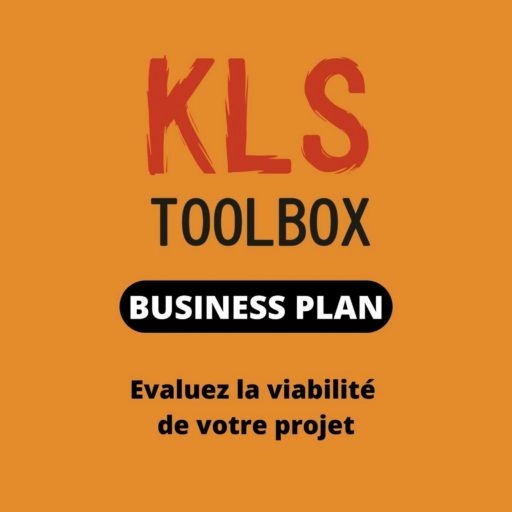Definition of cost killing
Cost killing appeared in the 1990s and consisted of a hunt for costs to improve short-term profitability. The starting point of this method is the possibility of radically reducing costs without impacting the quality of products or services.
Behind the sound principle of good budget management it was also an opportunity to organise a quick clean-up for some organisations.
Whether you are self-employed, a VSE, SME, ETI or large group the method will be the same and we will explain in brief what this means.
What does cost killing start with?
It always starts with the will of the manager, whose main strategic objective is often the growth of his company. He then has two choices:
- Increase its top line, its turnover thanks to new market shares,
- Reduce expenditure as much as possible.
In the second case, a diagnosis or an audit will allow to target and map all the savings possibilities: optimisation of social and tax contributions, optimisation of overheads (rent, buildings, maintenance,...), reduction of internal hidden costs, search for tax credits and subsidies, optimisation of the organisation and tasks of the operational and support functions...

Benefits of cost killing?
The main advantage is the elimination of waste and therefore unnecessary costs. In short, optimised financial management.
It is also a mindset that aims to ask at least the following question: what do I really need for my business to achieve its objectives? (see article BBZ Approach)
Depending on the direction chosen and above all on the time available, this practice of reducing or optimising costs will enable a company's operating margin to be improved rapidly in the short term:
- Controlling strategic and, above all, non-strategic purchases: supplies, telephony, copiers, insurance, electricity, etc.
- Change of technology with equivalent quality
- Structuring work methods to save time and energy (see article Lean management)
Disadvantages of cost killing? Not to be confused with efficiency.
It is clear that cost killing is a weapon that still allows some managers to show positive results in the short term. It all depends on the objectives and values of the company.
If you approach efficiency from a purely economic angle with expense lines, your actions will be limited in time or even counterproductive in the medium term.
For example, a cost killer will see certain exchanges that encourage cross-functional sharing and informal feedback as unproductive time.
Another example: have you been able to value the overall ROI of a training course? The transmission of experience and knowledge internally is an intangible resource that is difficult to measure.
The immediate effects of cost killing on a profit and loss account can have medium and long-term impacts on what is not visible and not valued on the assets side of a balance sheet. For example :
- Deterioration of the social climate and demotivation of employees
- Decreased safety and impact on employee health
- Increase in hidden costs: absenteeism, staff turnover, longer lead times, etc.
- Reduction of internal quality controls leading to a decrease in the quality of products and/or services
- ...
When you reduce the informal exchanges and human relations of an organisation to a simple financial perspective, this will never be seen as acceptable by the actors involved. There is a real difference between cost killing and efficiency or cost killing 2.0.
Our advice: conclusion
Each company has its own history, specificities and objectives. It is therefore difficult to give a miracle recipe but not impossible to implement intelligent cost killing. The work can be colossal, depending on the size of the scope, and the diagnosis of the company will enable all aspects to be understood. Beyond budget management, it is also necessary to understand the context in which it is evolving and the path it intends to follow.
As a manager, your time is dedicated to managing your activities in accordance with deadlines, the budget, the quality expected by your customers and market constraints. You do not always have the internal management control and purchasing skills to have a sufficiently broad view and to scrutinise the company's accounts and thus anticipate the possible impacts on your organisation.
In this race for performance, external support and advice are therefore important. But not just any support or advice can disrupt your company's operations. Improving the organisation of a company is a virtuous step for a manager. However, the choice of a short, medium or long term cost optimisation logic remains his responsibility in this race for performance.




